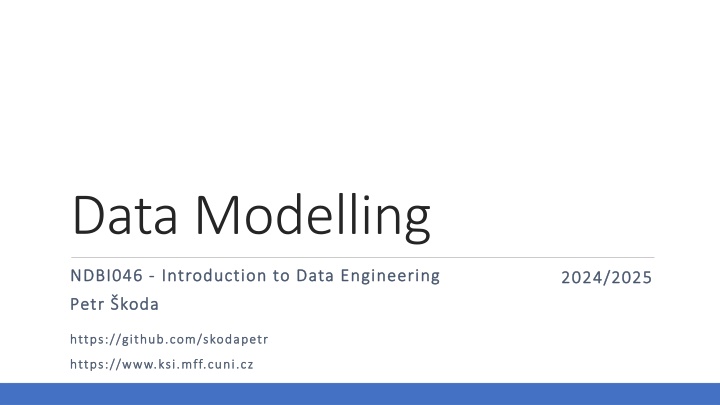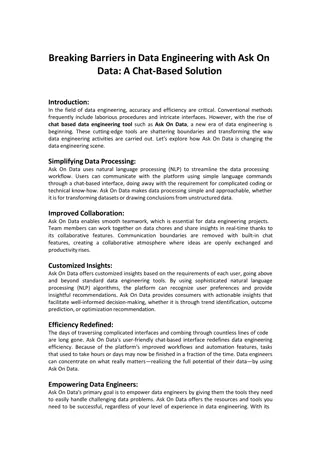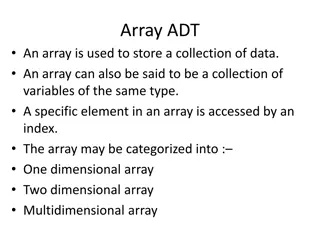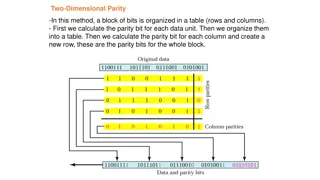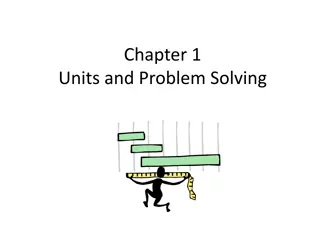Introduction to Data Engineering and Dimensional Modeling Techniques
This content provides insights into data engineering and dimensional modeling techniques like Kimball Dimensional Modeling. It covers gathering business requirements, dimensional design processes, creating fact tables, working with facts and dimensions, and extending dimensional models. Learn about different types of fact tables, dimensional hierarchies, and strategies to handle changes in dimensional models for improved resilience to change.
Download Presentation

Please find below an Image/Link to download the presentation.
The content on the website is provided AS IS for your information and personal use only. It may not be sold, licensed, or shared on other websites without obtaining consent from the author.If you encounter any issues during the download, it is possible that the publisher has removed the file from their server.
You are allowed to download the files provided on this website for personal or commercial use, subject to the condition that they are used lawfully. All files are the property of their respective owners.
The content on the website is provided AS IS for your information and personal use only. It may not be sold, licensed, or shared on other websites without obtaining consent from the author.
E N D
Presentation Transcript
Data Modelling NDBI046 NDBI046 - - Introduction to Data Engineering Introduction to Data Engineering 202 2024 4/202 /2025 5 Petr koda Petr koda https://github.com/skodapetr https://github.com/skodapetr https://www.ksi.mff.cuni.cz https://www.ksi.mff.cuni.cz
Kimball Dimensional Modeling Techniques Kimball group defines for modeling data in a dimensional way. The outline is: Gather Business Requirements and Data Realities (Analysis) Collect business objectives, key performance indicators (KPI), decision making processes, supporting analytical needs, and data realities. Dimensional Modelling Should lead by the data modeler in collaboration with the subject matter experts and data governance representatives. Dimensional Design Process (Design) There are four steps: Select the business process Declare the grain Identify the dimensions Identify the facts 3
Dimensional Design Process, Star Schema Fact tables focus on the results of a single business process. How can we create a fact table? We start by defining grain, dimensions and facts. Business Intelligence The grain establishes exactly what a single fact table row represents. The grain is the first step, every fact or dimension must be considered in relation to the grain. Dimension table Dimension table Atomic grain refers to the lowest level at which data is captures by a given business process. Fact table Dimension table Dimension table 4
Demo Retail Sales
Extensions to a Dimensional Model The dimensional model should be resilient to change. We can deal with different changes without a need to change a single SQL BI query. New facts can be added by creating new columns. We can add new dimension tables. We can add attributes to dimension tables by adding columns. We can increase the level of detail (make grain mode atomic) by introducing new columns. Just keep it true to the grain! 6
Demo Inventory
Working with Facts Additive, non-additive and derived facts Fact table types: Centipede fact table Transaction No Null in a fact table Periodic Snapshot Surrogate, natural and durable keys Accumulating Snapshot Value Chain Integration 8
Working with Dimensions Casual dimension Dimensional Hierarchies Degenerate dimension Fixed Depth Positional Hierarchies E.g. product < brand < category Variable Depth Hierarchies / Slightly Ragged Convert to previous by declaring the maximum depth. Variable Depth Hierarchies / Ragged Recursive dependencies. Value Chain Integration Data Governance and Stewardship Conformed dimensions / master dimensions Drill across 9
Dimensional Modeling Snowflake Model Galaxy Model Week Month Customer Dimension Time Location Dimension Customer Dimension Time Dimension Dimension Sales Facts Sales Facts Shipping Facts Product Dimension Seller Dimension Shipper Dimension Product Dimension Seller Dimension Outlet Region Type 10
Demo Slowly Changing Dimension
Slowly Changing Dimension (SCD) How can we accommodate changes in the dimension attributes? Type 0: Retain original We never change; we are not up to date. Type 3: Add new attribute / alternate reality Used infrequently, user can select which reality they want to use for grouping. Type 1: Overwrite The attribute always reflects the most recent assignment. We are losing history. Type 4: Add mini-dimension / rapidly changing monster dimension Move rapidly changing attributes to a separate mini-dimension. Type 2: Add new row Add a new row in to the dimension table. We need to update the primary key. ... 12
